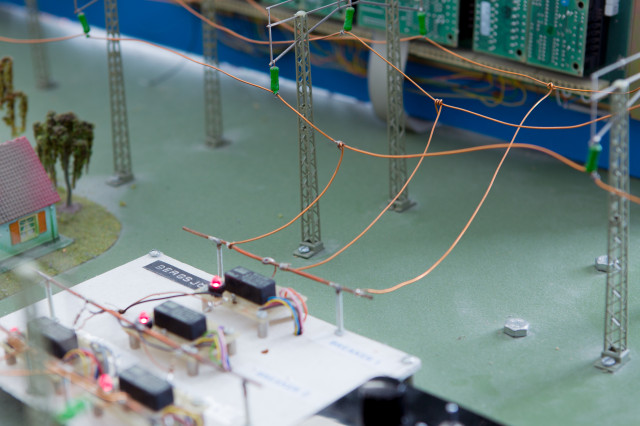The course consists of lectures that focus on principles and functionality of current and future Internet architectures, as well as assignments that yield practical skills.
Areas covered:
- What the Internet is and its underlying design principles.
- Underlying link technologies and how they interact with IP. (Ethernet, PPP, bridging, learning, etc)
- What protocols are required to allow internetworking (IP, TCP, UDP, ICMP, etc.)
- Understanding of TCP/IP protocol stack, layering, encapsulation and multiplexing.
- Concepts of bridging, learning, virtual LANs, and how they relate to routing.
- IP Addressing, subnetting and control mechanisms.
- Transport protocols, including UDP and TCP.
- Details of routing and routing protocols (RIP, OSPF, BGP)
- Autoconfiguration and name resolution (BOOTP, DHCP, DNS)
- IP Multicast and multicast routing (IGMP, DVMRP, PIM, etc)
- Network Mangement, Traffic measurements and analyzing. (eg. SNMP)
- Network security (IPsec, firewalls, encryption)
- IP QoS (Traffic Engineering, RSVP, Intserv, Diffserv, etc)
- Advanced networking (MPLS, VPN, etc)
- IP mobility (Mobile IP)
- Router and Network Architectures
- Standarization work - IETF and RFCs
- IPv6 and how it differs from IPv4.
